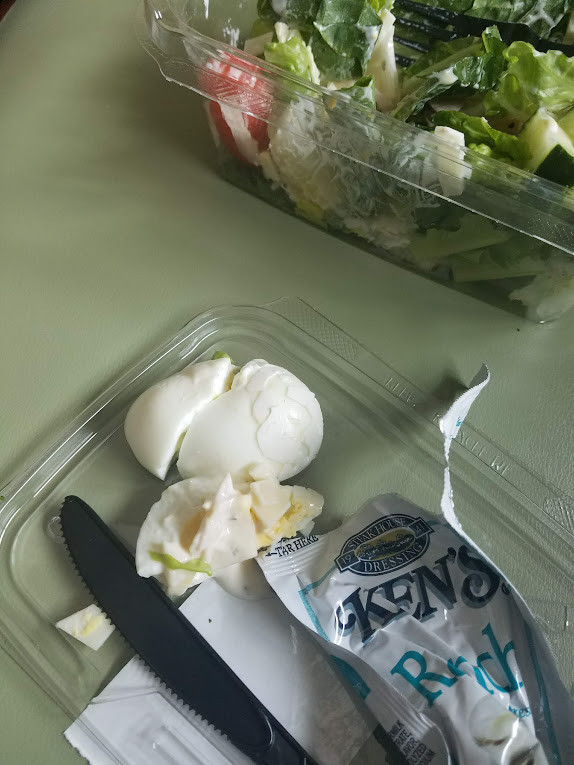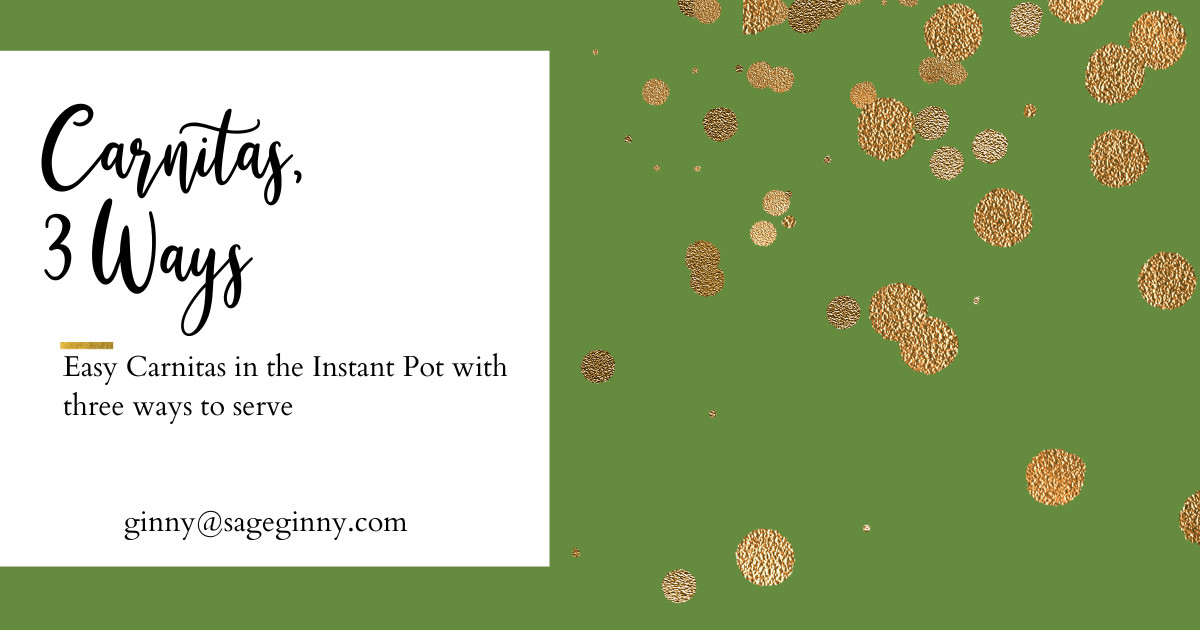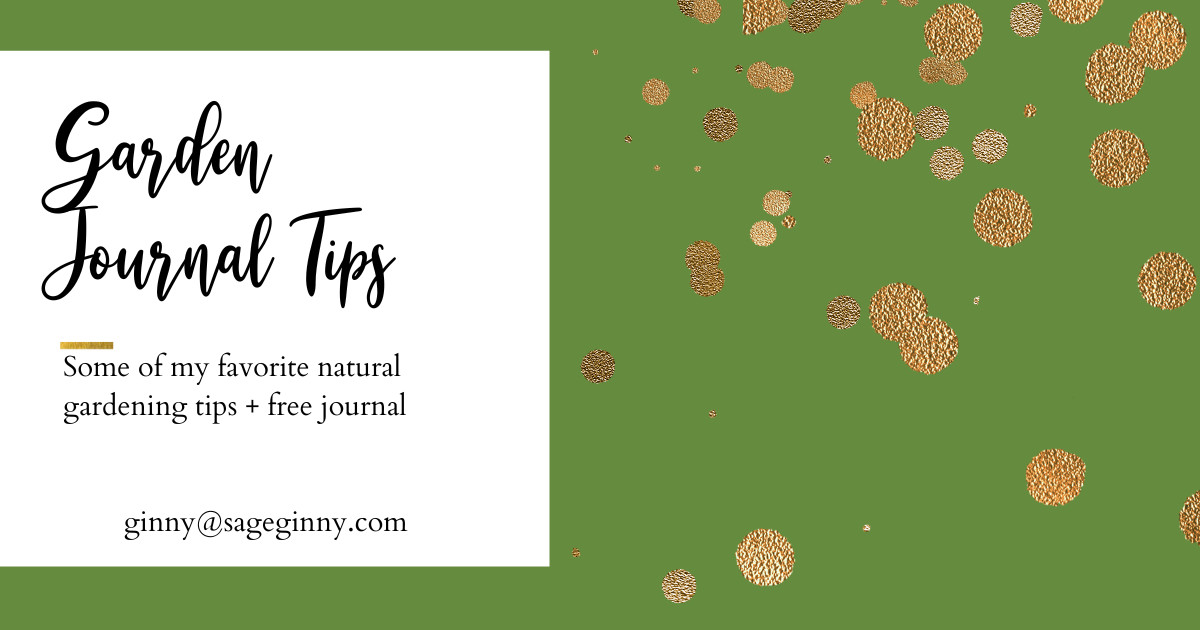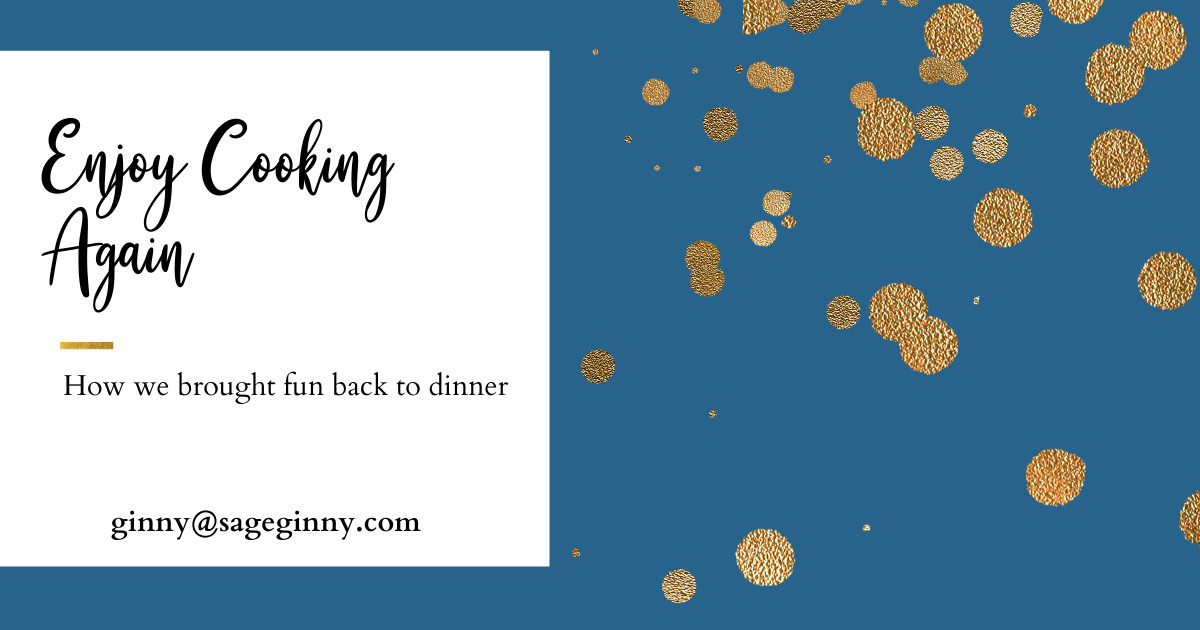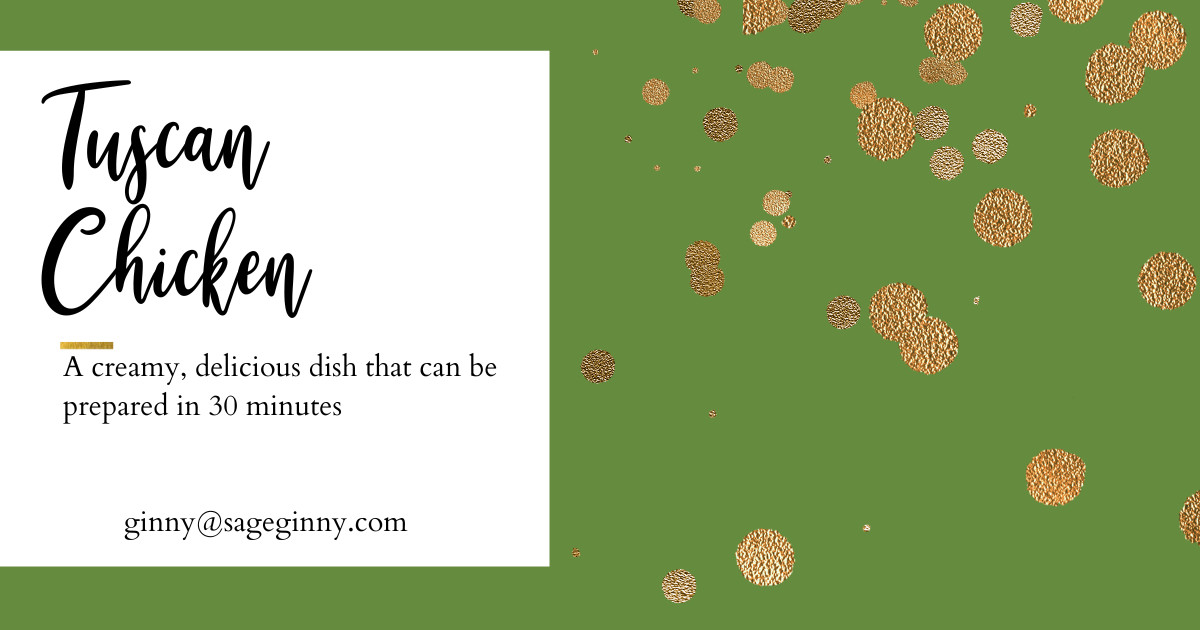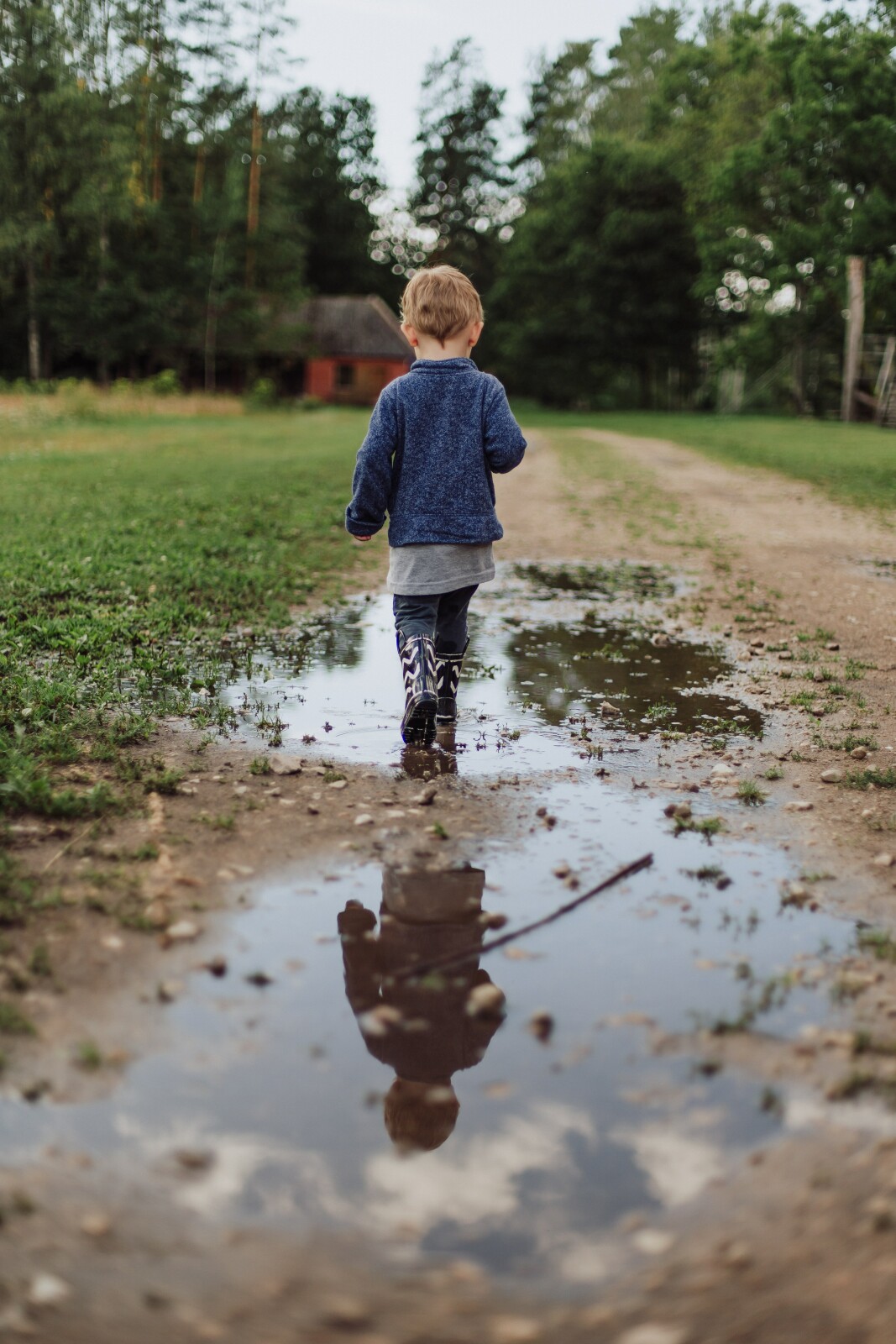
The other day, someone mentioned their hangry child to me. I said, “Oh, I feel ya! We went through that with our youngest, and it was so great to find tips to help her, especially the ones that made her recognize the signs for herself as a toddler.” The other person gave me this bewildered look like I had discovered world peace, so I thought maybe I should share the “tricks of the trade” in case I can spare some other parents from the epic HANGRY meltdown.
Our third child came out of the womb ready to rock and roll. She wanted to learn from and explore everything, and making time to stop for something as silly as eating was not her idea of fun. Sure, when I was breastfeeding, she was captive and I could get her to eat. Once she weaned herself, that all changed. I quickly learned to keep track of how often she ate, and I started trying out different ways to get a toddler to recognize her hangry signs. After lots of trial and error, here are the three things that worked for us.
1. Feed the Child
Okay, if you are going DUH right now, you’ve never experienced a hangry child. They get themselves so worked up and distraught that they pitch a full on fit about eating, even when that is exactly what their little bodies need. I learned to make sure my child had a small, healthy snack every 2-3 hours. I kept easily portable options in the diaper bag and my pocketbook for unknown occasions. Perhaps most importantly, I taught her the “one bite” rule: even if she didn’t want to eat, I needed her to take one bite of something, or we would have to stop whatever fun activity we were doing. That one bite was usually enough to make her body and mind realize she needed more, and the meltdown was averted.
2. Communicate the Feeling
Every parent knows how hard it is not to lose your own cool when your little one has a tantrum. If both sides find a way to communicate with each other, you can easily deal with your hangry one. The first step is for the adult to recognize the signs and verbalize to the child “your body needs some food” (or whatever you want to say.) This will help the toddler put thoughts to the feeling, even if they aren’t verbal. In fact, we used sign language with her because she didn’t have the words yet to tell us about emotions and a rumbly tumbly. Empowering her with communication made a big difference!
3. Finding Emotional Support
This was the game-changer for us. If you’ve ever been hangry, you know it makes your emotions topsy-turvy, too. Imagine being a little kid and not knowing why you suddenly feel so distraught, angry, or upset. You can give your child a quiet place in the house to sit and try to calm down (after you’ve tried the above recommendations), and you can teach them calm breathing/mediation techniques. For us, the only thing that worked was emotional blends of essential oils meant to calm the body and mind. Yeah, I know, it sounds wacky and woo-woo. I thought so, too, until I saw a tantrum stopped in its tracks. We had a new friend come over, and our youngest came running into the house in tears, grabbed an oil bottle, applied to herself, sat for about 2 minutes, and ran back out, all happy to play. That friend looked at me and said, “I need a vat of that stuff.” I replied, “Sure, but it only takes a couple drops.” ;)
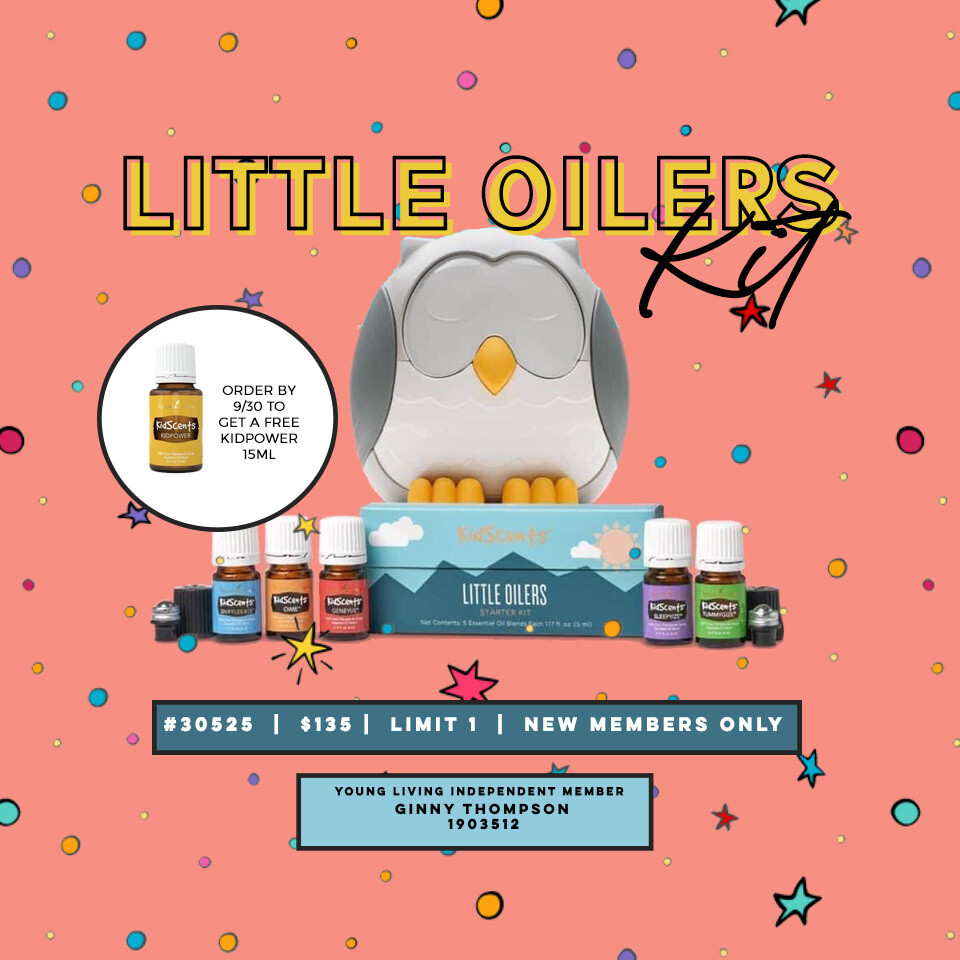
If you are ready for more details of how the process worked for us, or you want to keep up with our other shenanigans, I can't wait to have you join me here.
Have questions? I can't wait to chat with you!



